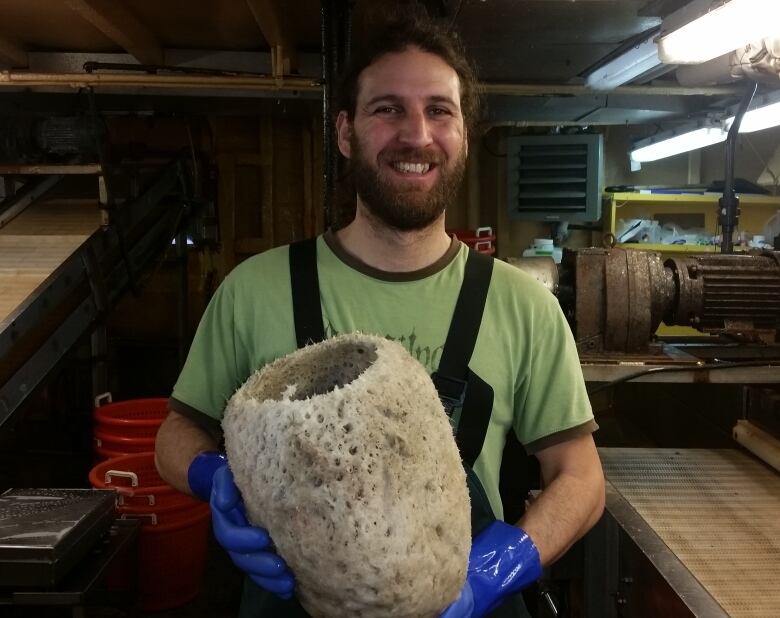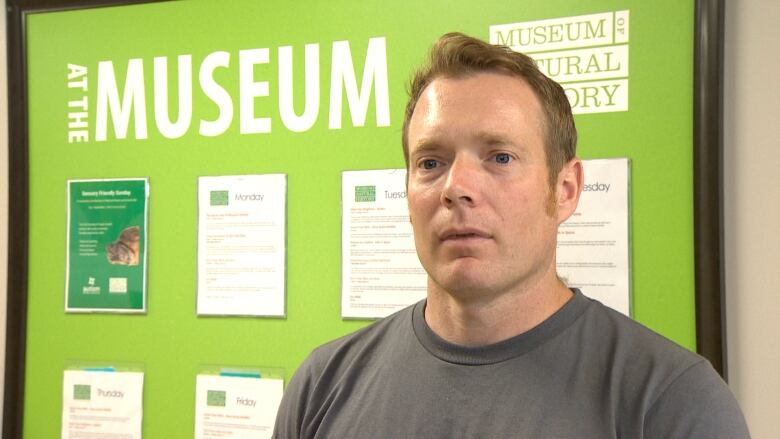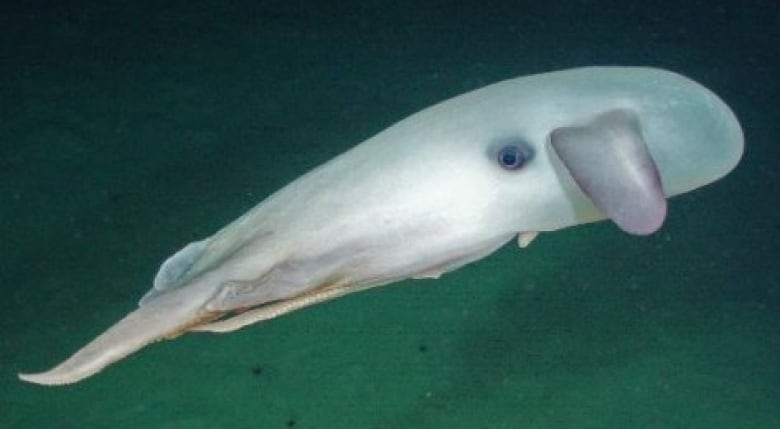'Very exciting' mission documenting sea floor off N.S. begins streaming
'We've seen high diversity and a lot of really interesting species from a number of different animal groups'

Remotely operated vehicles explored a large underwater canyon in the North Atlantic near Sable Island Thursday, taking samples and sending back the first images ever seen of the seafloor on the eastern side of the Gully, Canada's first marine protected area.
"It's very exciting," said Ellen Kenchington, a Canadian scientist who monitored the dive from a command centre at the Bedford Institute of Oceanography in Halifax.
Cameras revealed the existence of extensive fields of bamboo coral one kilometre deep and running up the steep canyon side wall.
Among the coral were deep sea sponges neverseen before. Three sponge samples were taken and will undergo DNA testing.
"These are new species to the Gully and they could be new species to science. We won't know until we test them. But we can't rule that out," Kenchington tells CBC News.
Two ROVs deployed by the National Oceanic and Atmopsheric Administration research ship Okeanos Explorer dove to the bottom of the Gully to a depth of 1,300 metres.
The team has been live-streaming the video on NOAA's website.

The purpose of the dive was to identify undescribed species, especially sponges, and understand the connection between the sea floor and species living in the water column above.
Scientists are also studying the geology of the sea floor.

The Gully was a priority for Canadian scientists.
"We have the marine protected area there and we don't really know what we're protecting,"saidKenchington.
"It was there to protect the bottlenose whales and we know there is a high diversity of coral, but there's so many other species living on the sea floor, especiallythe sponges where we've had an inkling that there could be some really interesting spongespecies there."
The "Deep Connections" mission is to explore deepwater canyons, channels and seamounts on the Eastern Seaboard of Canada and the United States.
It is part of an international agreement between Canada, the U.S. and European Union to study the North Atlantic.
Long-delayed mission
NOAA cancelled the mission last year and it was delayed for two days this week by weather and engine problems on the Okeanos Explorer.
More deepwater dives are planned off Nova Scotia in the coming days, including a survey on Sunday in the Fundian Channel, a prospective marine protected area off the southern coast of the province.

Scientists were not the only ones watching Thursday.
Environmentalists organized a screening at the Museum of Natural History in Halifax.
"This is huge. The ocean covers 70 per cent of the Earth's surface. Most of that is very deep and very offshore and very difficult to access," said Jordy Thomson of the Ecology Action Centre in Halifax.
"For NOAA to have the technology to get down to some of these areas and figure out what species are there, it's really a first in a lot of these areas that they're going to."













_(720p).jpg)


 OFFICIAL HD MUSIC VIDEO.jpg)
.jpg)



























































































